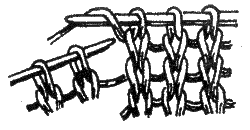
Figure 300. Direct yo
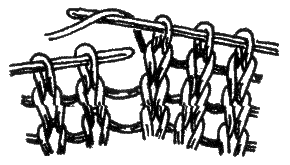
Figure 301. Back yo
To get that straight yo, you have the right needle, catch the working thread with a movement from top right to left "to itself".
To get back yo, a working thread to pick up movement from the bottom.
Feature nakida is that it does not contact the loop of the lower row, so in knitted fabric there is a hole. If yo in the next row, not promazyvaetsya along with the standing loop, it is the beginning of a new column hinges. To do this, always do control loops before or after nakida. To brush up on the correct image openwork patterns, not enough to make yo and subtract it. You need to correctly subtract yo. There is a slope of the loop from right to left and the hole to the right (figures 302, 303).
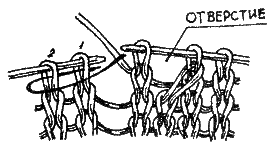
Figure 302. The slope of the loop from right to left (the right hole)
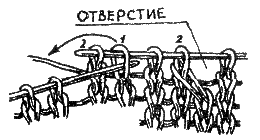
Figure 303. The slope of the loop from left to right (hole left)
If we diminish 1 loop (2 loops are finished together), and then make a yo (it should be purl 2 stitches together front behind the front wall), the hole is formed to the left of it.
Delicate patterns can be obtained by double stitches. Double yo get by grabbing the right needle thread twice (figure 304).
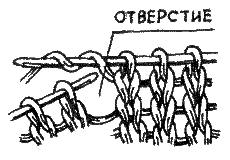
Figure 304. Double yo with elongated hole
When knitting the next row one yo are finished, and the second discharged from the needles. Due to this formed a large hole.
Some patterns double yo made on the front side of the work from the wrong side is not reset, and are finished 1st yo as the front loop, and the 2nd as the reverse order to recover the reduced loop when knitting the front row.
Using different methods of addition of subtraction, changing their location, you can obtain many beautiful lace openwork patterns.
USEFUL TIPS
During the knitting of the openwork follow the location of the holes in the pattern.
This method is used when knitting the Raglan lines.



